Cats are more than just pets; they are companions, friends, and for many, part of the family. Understanding how to express your affection in a way that your feline friend truly appreciates can deepen the bond you share. Here, we explore 12 ways to show your cats you love them, each crafted to cater to their unique preferences and needs. Let’s dive into building that special connection with our furry companions.
Provide a Comfortable Space
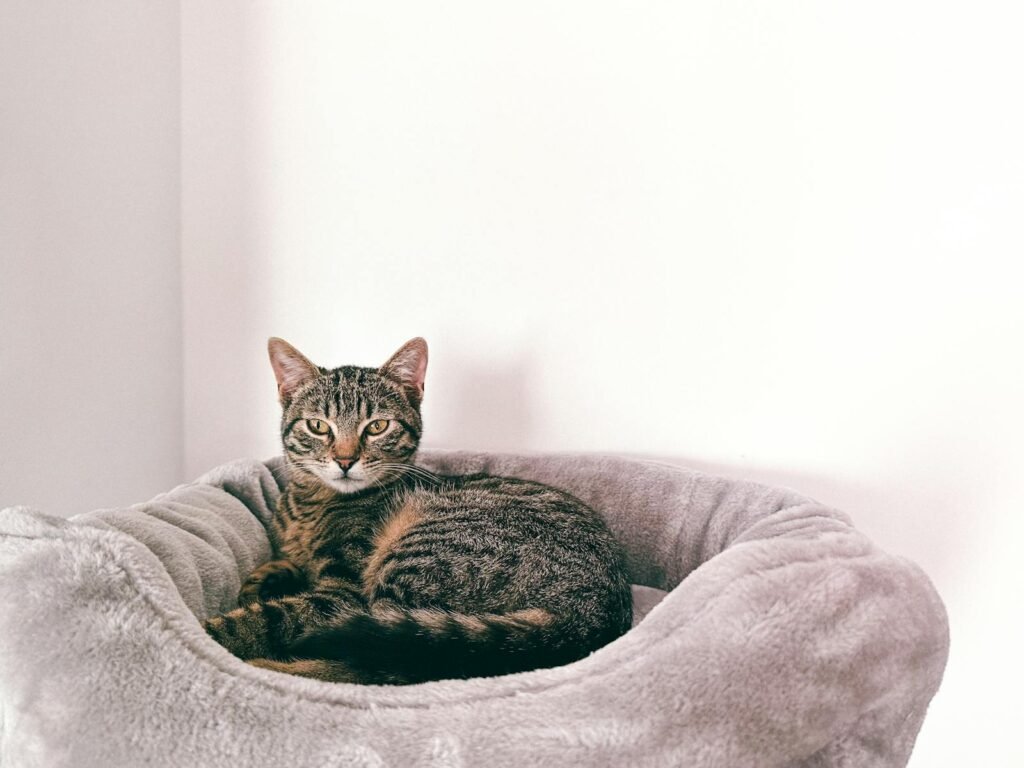
Cats value their own territory, places where they can feel safe and secure. To show your love, provide your cat with a dedicated space they can retreat to when they need privacy or relaxation. This could be a cozy bed by the window, a warm spot in the sunshine, or a high perch where they can survey their kingdom. A comfortable environment tells your cat they are loved and safe.
Engage in Quality Playtime
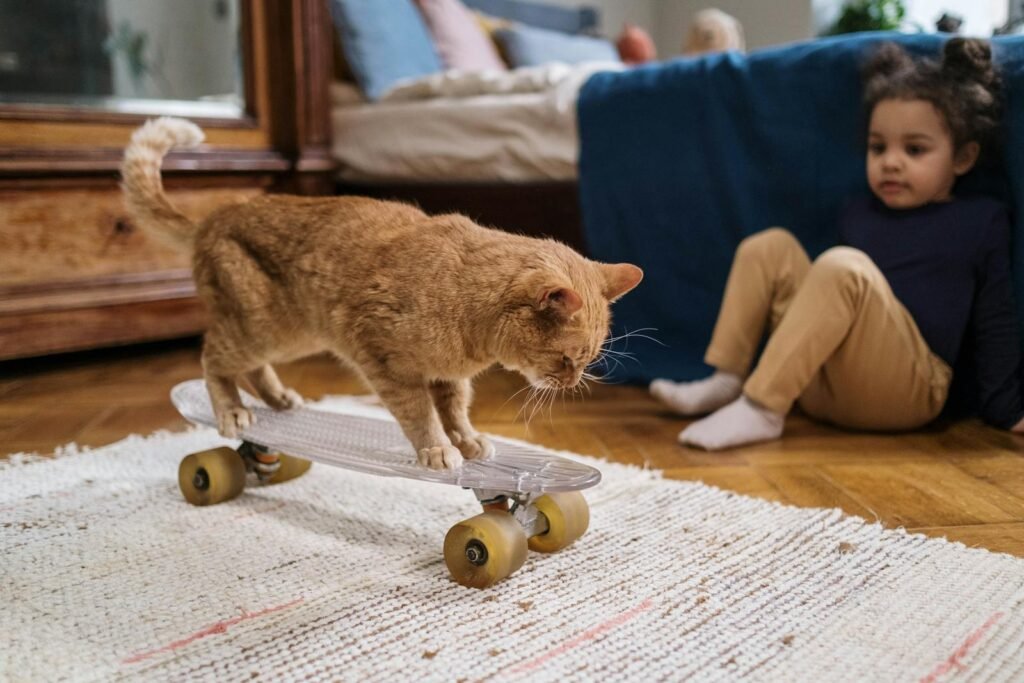
Interactive play is crucial for your cat’s physical and mental well-being. Use toys that mimic prey, such as feather wands or laser pointers, to stimulate their hunting instincts. Spending time playing not only shows your cat affection but also provides much-needed exercise and mental stimulation. Regular playtime helps prevent boredom and strengthens your bond.
Offer a Balanced Diet
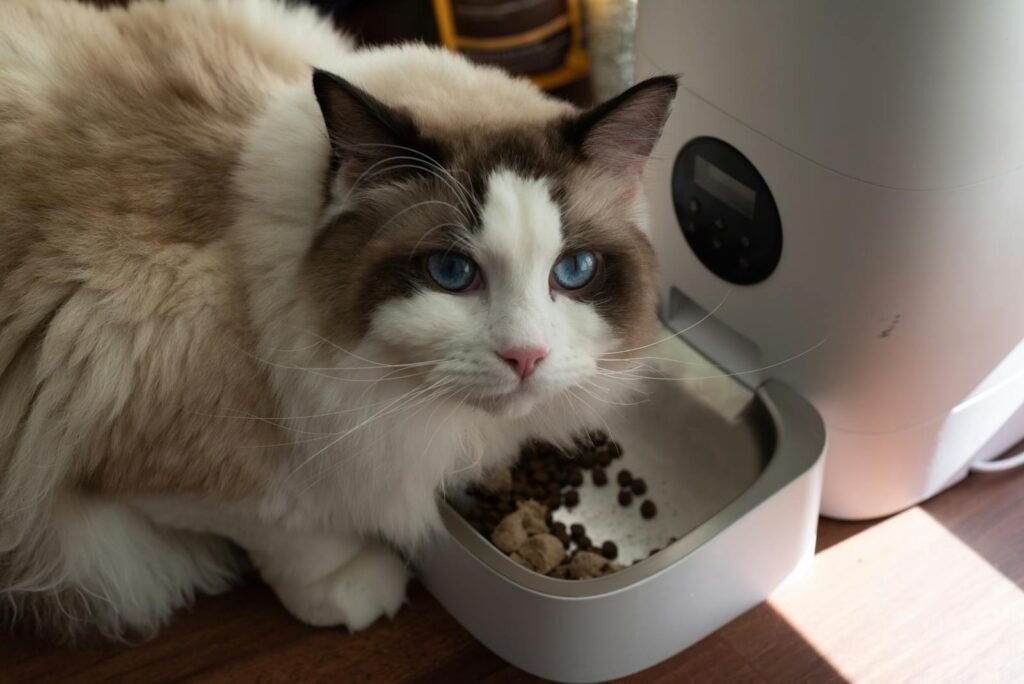
Feeding your cat a nutritious, balanced diet tailored to their specific health needs is a powerful way to show love. Ensure their diet contains adequate proteins and nutrients essential for their growth and health. Consider their age, activity level, and any dietary restrictions or allergies. Consulting with a veterinarian can help you make informed decisions about the best diet for your cat.
Regular Veterinary Check-ups
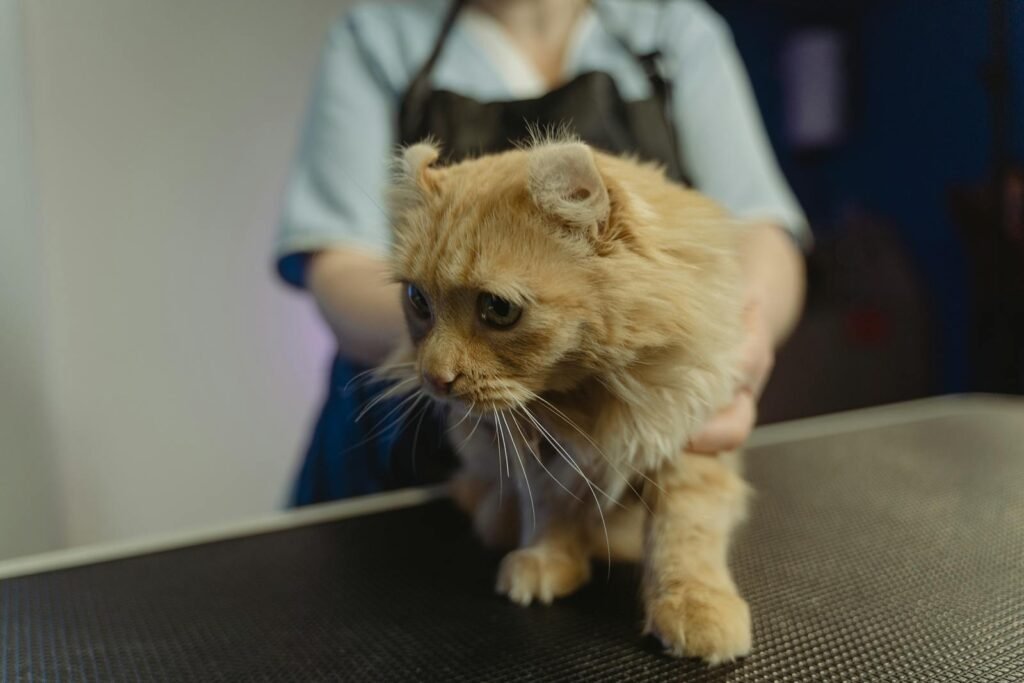
Routine veterinary visits are essential to monitor your cat’s health and catch any potential issues early. Establishing a relationship with a vet ensures your cat receives vaccinations and preventative care, leading to a longer, healthier life. Regular check-ups demonstrate a commitment to their health, letting them lead a comfortable and happy existence.
Respect Their Grooming Needs
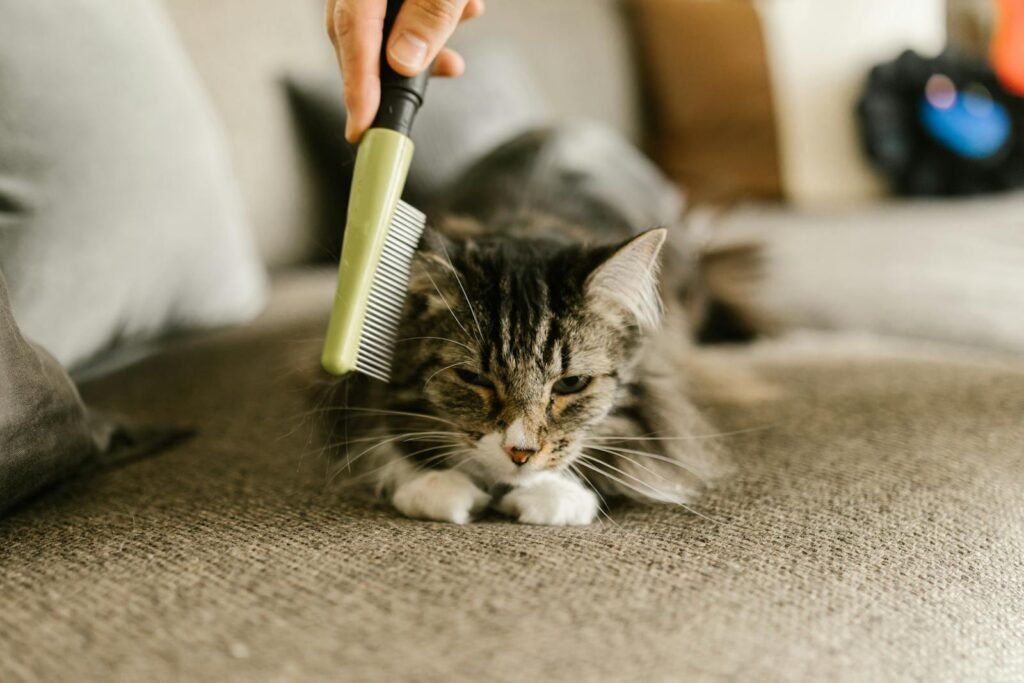
While cats are generally self-sufficient groomers, aiding them with regular brushing can enhance their coat health and reduce hairballs. Long-haired breeds especially benefit from regular grooming sessions. Use this time to check for any skin issues or parasites. Grooming is an opportunity to bond and show you care about their well-being.
Provide Mental Stimulation
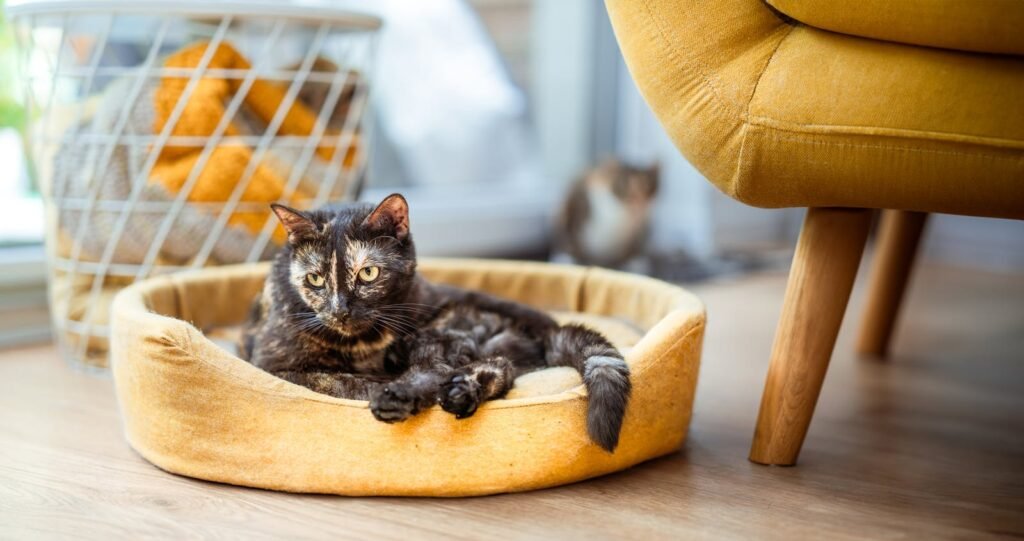
Cats are intelligent animals that thrive on mental challenges. Offering puzzle toys, setting up obstacle courses, or hiding treats can keep their minds sharp. Mental stimulation prevents boredom and behavioral problems, showing your commitment to their happiness and mental health.
Maintain a Clean Litter Box
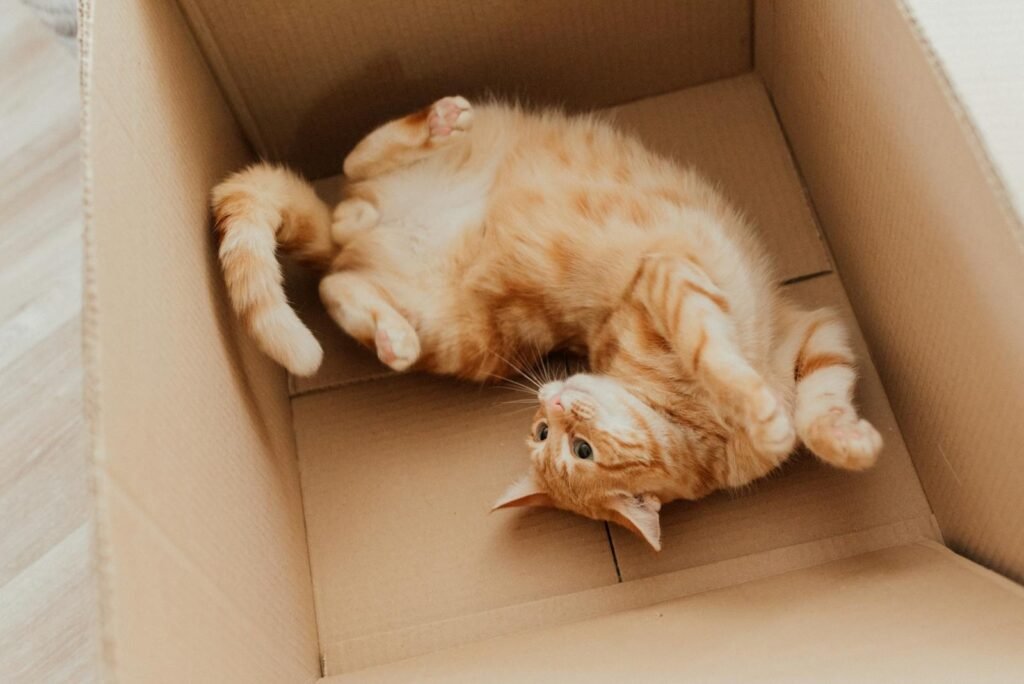
A clean litter box is critical for a cat’s health and comfort. Scoop daily and change the litter at least once a week. Cats are fastidious creatures, and a clean litter box is essential for showing them respect and care. Location is also important; place the litter box in a quiet, accessible location where your cat feels secure.
Respect Their Personal Space

Unlike their canine counterparts, cats often value their personal space. While they enjoy affection, it’s important to let them come to you for petting and cuddles. Respecting their autonomy by observing their body language can strengthen trust. When your cat feels in control of interactions, they feel more loved and respected.
Gentle, Soothing Interaction

Your voice and touch convey love and security to your cat. Speak softly to them, especially during stressful situations like a vet visit or a thunderstorm. Gentle petting or a light scratch behind the ears can convey your affection and provide comfort. Always approach them calmly and respectfully to build a lasting bond.
Provide Scratching Posts

Scratching is a natural behavior for cats, providing them with a way to mark territory, stretch, and maintain their claws. Offering scratching posts or pads around your home satisfies these instincts and shows you understand and accommodate their needs. This prevents furniture damage and keeps your feline friend content.
Adopt a Companion
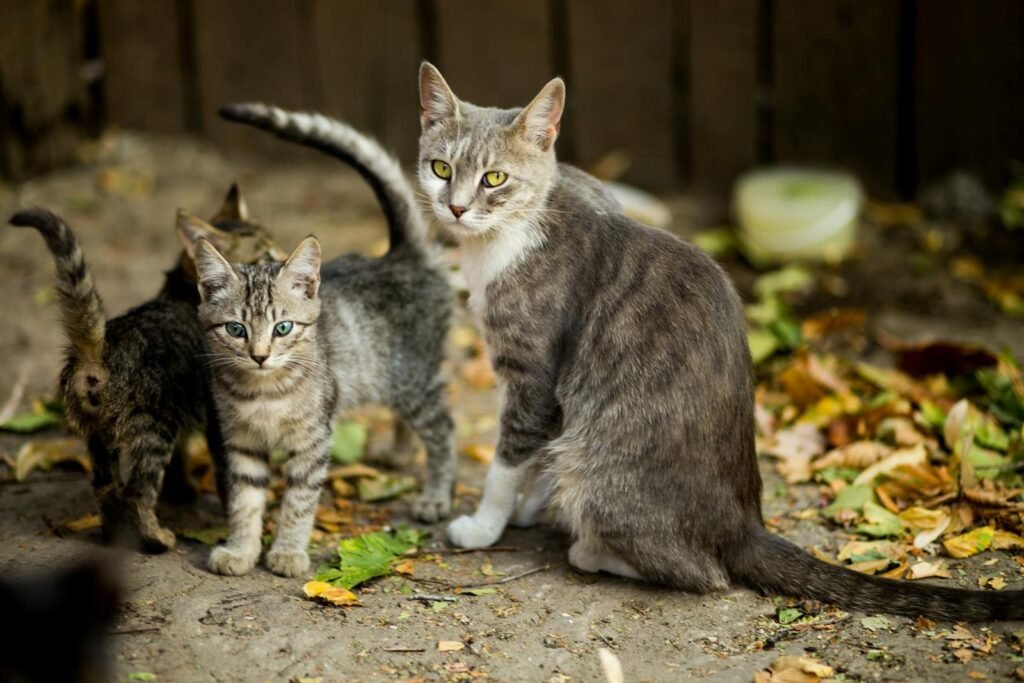
If your lifestyle allows, consider adopting another cat. Social creatures, many cats benefit from the companionship of fellow felines. A suitable mate can provide play, grooming assistance, and comfort when you’re not around, enriching your cat’s environment and reducing loneliness.
Observe and Adapt to Their Needs

Every cat is an individual with their own preferences and habits. Spend time watching your cat’s behavior to understand what they like and dislike. Whether it’s a certain type of toy, a preferred napping spot, or particular food, catering to their specific tastes shows deep understanding and love. Flexibility and willingness to adapt to their needs reinforces the bond you share.
To conclude, showing love to your cat involves understanding their unique habits and preferences and creating a nurturing environment that caters to their needs. By engaging with them thoughtfully and providing essential care, you strengthen the mutual affection and trust that defines a rewarding relationship with your cat. Remember, a loved cat is a happy cat!

Growing up traveling and experiencing new cultures and wonders, I have had a passion for nature, adventuring, photography, and videography. I am currently working towards a BSc in Biodiversity and Ecology at Stellenbosch University, and I hope to specialise in Marine Sciences one day.
Please send any feedback to Feedback@animalsaroundtheglobe.com






